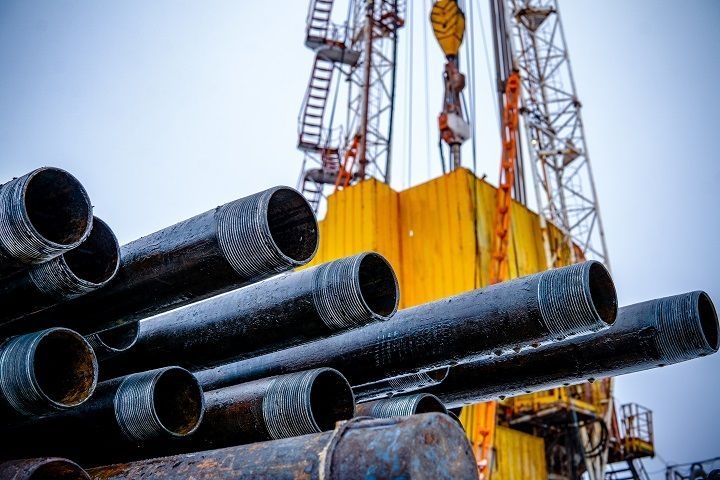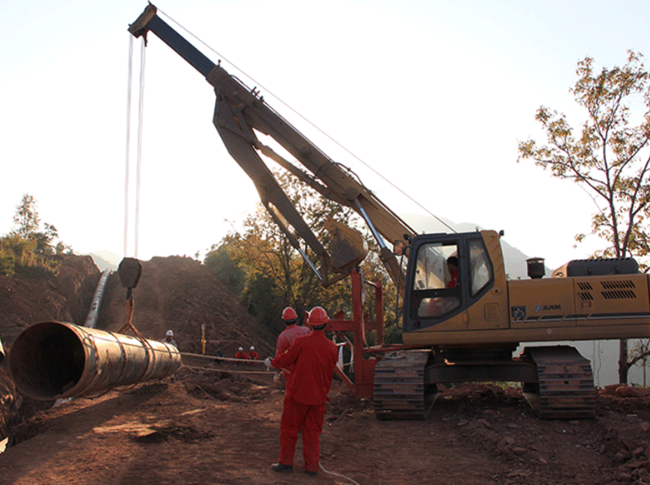Hydraulic telescopic cranes have revolutionized the construction industry, providing powerful lifting capabilities and enhanced flexibility. These cranes are widely used in various construction projects, from building skyscrapers to installing heavy machinery.
In this blog, we will delve into the evolution history of hydraulic telescopic cranes, highlighting their significant milestones and technological advancements.
I. Early Origins and Development:
The concept of using hydraulic power in cranes dates back to the late 19th century. During this time, steam-powered cranes were prevalent, but their limitations in terms of mobility and efficiency drove the need for innovation. The introduction of hydraulic systems allowed for greater control and maneuverability in lifting operations.
The first hydraulic telescopic crane:
The first hydraulic telescopic crane was invented in the early 20th century, combining the advantages of hydraulic power with a telescopic boom design. This innovative crane design provided an extended reach, allowing operators to lift heavy loads at greater heights and distances.
As the construction industry boomed, the demand for hydraulic telescopic cranes grew exponentially, leading to further advancements.
II. Advancements in Hydraulic Telescopic Crane Technology:
Over the years, hydraulic telescopic cranes underwent several notable advancements, leading to improved performance, safety, and efficiency. Let’s explore some key milestones in their evolution:
- Hydraulic System Enhancements
The development of more robust and efficient hydraulic systems played a pivotal role in the evolution of telescopic cranes. These systems became more compact, reliable, and capable of handling heavier loads. Advanced hydraulic controls provided operators with greater precision and maneuverability, enhancing overall productivity.
- Telescopic Boom Design
The telescopic boom design underwent significant improvements, allowing for greater reach and lifting capacity. High-strength steel alloys replaced traditional materials, ensuring enhanced structural integrity while reducing the crane’s weight. This allowed for better load distribution and increased stability during operations.
- Integrated Safety Features
Safety has always been a top priority in the construction industry, and hydraulic telescopic cranes have not been exempt from this focus. Manufacturers introduced various safety features, such as overload protection systems, automatic leveling mechanisms, and advanced stability controls.
These innovations significantly reduced the risk of accidents and improved worksite safety.
III. Modern Applications and Examples:
In today’s construction industry, hydraulic telescopic cranes continue to play a vital role in various projects. They are renowned for their versatility and adaptability, making them indispensable in a wide range of applications. Let’s take a closer look at XJCM’s 12-ton multi–function pipe layer as an example:
XJCM’s 12-ton multi-function pipe layer adopts an excavator as its chassis, offering exceptional mobility and maneuverability on construction sites. It features a telescopic boom and a pipe clamping device, making it ideal for pipe-related operations. The balance weight can move both right and left and up and down, providing added stability during lifting tasks.
The multi-function pipe layer’s main capabilities include pipe hoisting, pipe clamping, pipe transporting, pipe laying, and excavating. This versatility allows operators to handle multiple tasks efficiently, increasing productivity and reducing the need for additional equipment.

Key Features Of XJCM’s 12-Ton Multi-function Pipe Layer:
XJCM’s 12-ton multi-function pipe layer stands out with its impressive features and capabilities. From the precision and support provided by the pipe-laying attachment to the versatility of performing multiple tasks, this machine proves to be a valuable asset in construction projects.
A. Pipe-Laying Attachment: Enhanced Precision and Support
The pipe-laying attachment of XJCM’s 12-ton multi-function pipe layer is a vital component that ensures precise and efficient pipe installation.
Equipped with a hydraulic arm and strategically positioned rollers, this attachment provides exceptional support and stability during the laying process. The hydraulic arm can be extended and retracted, allowing operators to position pipes with accuracy and ease.
The rollers, which are adjustable in width, play a crucial role in accommodating pipes of various sizes. By simply adjusting the width of the rollers, the pipe layer can securely grip pipes ranging from smaller diameters to larger ones.
This versatility eliminates the need for additional equipment or modifications, saving both time and resources on the construction site.
B. Multi-Function Capabilities: Versatility at Its Best
XJCM’s 12-ton multi-function pipe layer is more than just a pipe-laying machine. It boasts a wide array of capabilities that make it a versatile asset in construction projects. In addition to its primary function of pipe laying, this machine is equipped to perform various essential tasks, including excavating, grading, and compacting soil.
C. Operator Cab: Comfort and Control Combined
XJCM’s 12-ton multi-function pipe layer prioritizes operator comfort and safety with its well-designed operator cab. Situated on the machine, the cab offers an elevated position that provides operators with a clear and unobstructed view of the work area.
This vantage point enables them to monitor pipe laying, excavation, or any other task with enhanced visibility, reducing the risk of accidents and errors.

D. GPS Technology: Precision and Efficiency Maximization
Keeping up with the advancements in modern technology, XJCM’s 12-ton multi-function pipe layer incorporates GPS technology into its system. This innovative feature revolutionizes the pipe-laying process by assisting operators in achieving accurate and efficient results.
By following the GPS guidance, operators can avoid deviations and errors, ensuring that pipes are laid in the exact locations as planned. This precision minimizes the need for rework and adjustments, ultimately optimizing project timelines and reducing material wastage.
Final words:
The evolution of hydraulic telescopic cranes has revolutionized the construction industry, enabling safer and more efficient lifting operations. From their humble beginnings to their current state-of-the-art designs, these cranes continue to evolve, adapting to the ever-changing needs of construction projects.
XJCM’s 12-ton multi-function pipe layer exemplifies the advancements in hydraulic telescopic crane technology, offering a versatile and reliable solution for pipe-related tasks. With ongoing technological innovations, hydraulic telescopic cranes will undoubtedly shape the future of construction, ensuring safer and more efficient worksites worldwide.



